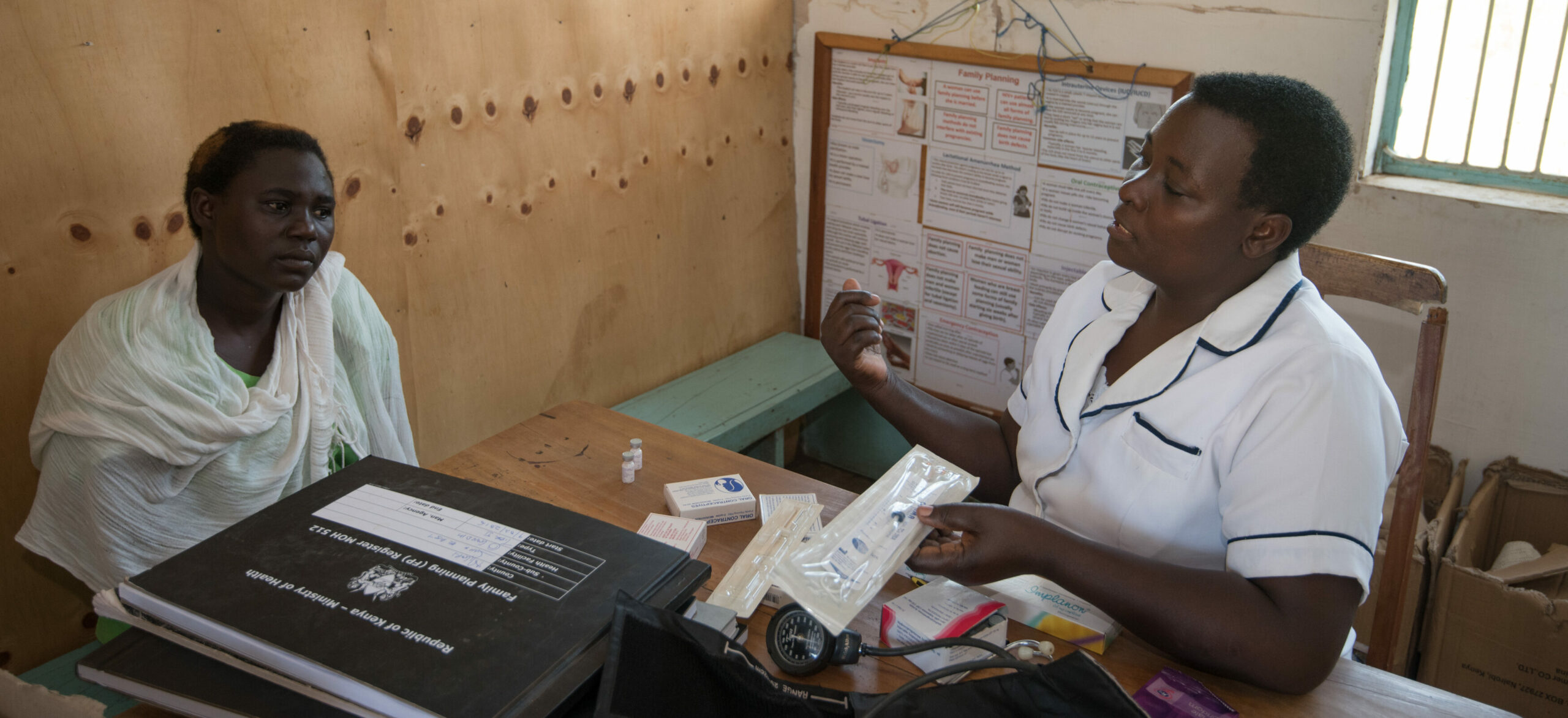Increasing Access to the Hormonal Intrauterine Device in Public Health Facilities
Published on April 21, 2021

According to new research published in Global Health: Science and Practice, increased access to the hormonal intrauterine device (IUD)—a long-acting reversible contraceptive—could lead to more women deciding to begin and continue using long-acting contraception.
The hormonal IUD has high levels of satisfaction and continuation among women who use it. However, most women in low- and middle-income countries do not have access to it. Due to its high levels of satisfaction, the hormonal IUS has the potential to play an integral role in national family planning programs if it is made available in public health facilities. The article is based on research from USAID’s flagship Maternal and Child Survival Program (the predecessor project to MOMENTUM), which introduced the hormonal IUD in public health facilities in Kenya and Zambia beginning in 2016. The article is co-authored by several staff members from MOMENTUM Country and Global Leadership.
To support providers in expanding access to the hormonal IUS, the MOMENTUM Country and Global Leadership-supported Training Resource Package for Family Planning includes an updated Hormonal IUD module for public providers.
Note: Since this research was published, the World Health Organization has clarified that the nomenclature for “hormonal IUS” (intrauterine system) should be updated to “hormonal IUD” (intrauterine device). This article has been updated to exclude the use of “IUS,” and MOMENTUM has begun using “hormonal IUD” to refer to the category of IUDs that release the hormone levonorgestrel.

